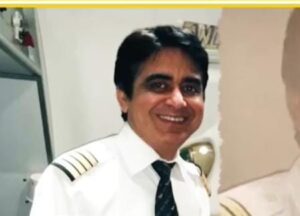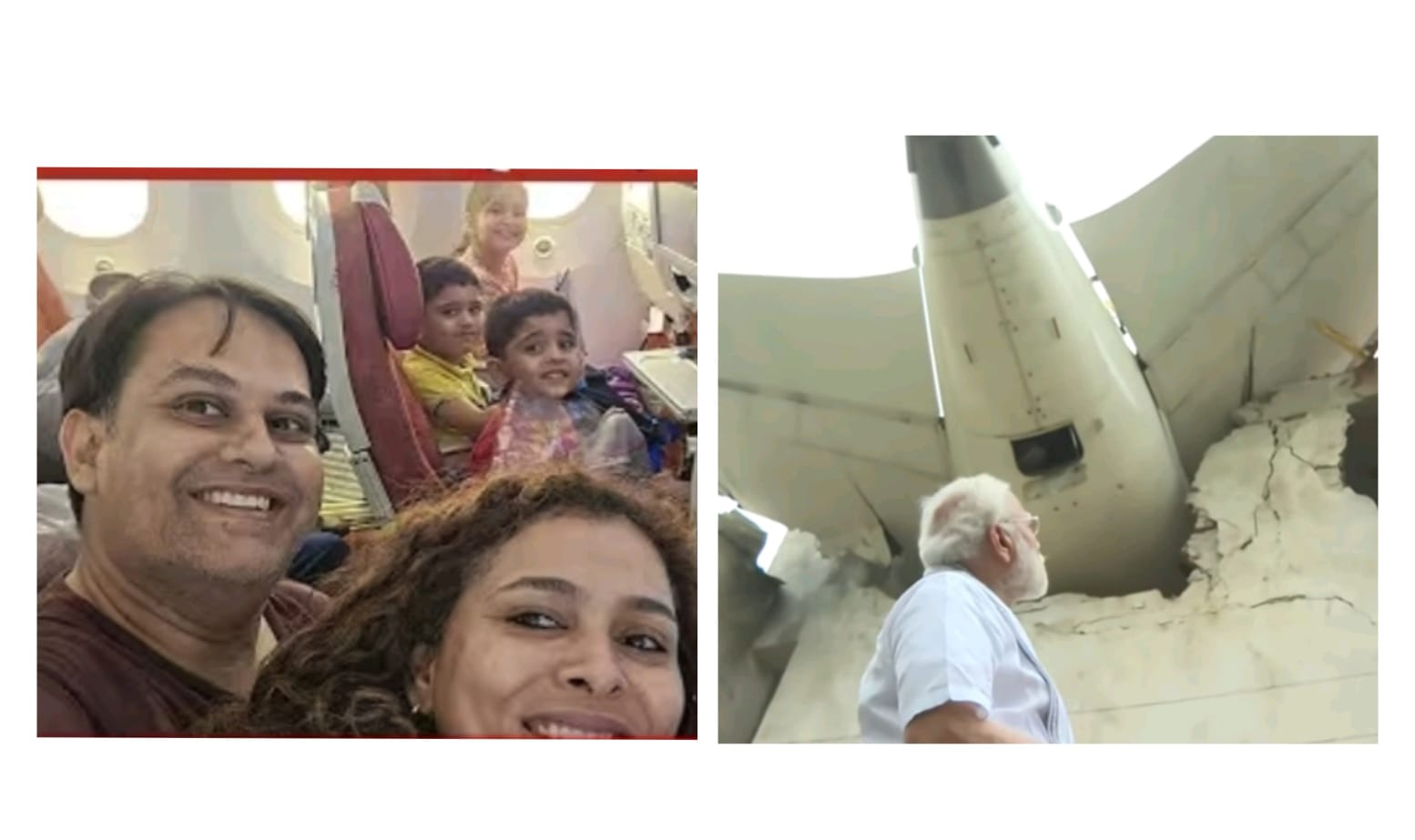NEW DELHI: Nearly thirty hours after the horrifying crash of Air India flight AI-171—a Boeing 787-8 Dreamliner—near Ahmedabad, speculation and sorrow continue to cloud the nation. The ill-fated aircraft, carrying 242 individuals including passengers, crew, and about 4 trainee Doctor and around 20 civilians on the ground, met a tragic end on Thursday morning. The catastrophic accident is now being dubbed as one of the deadliest in India’s aviation history.
While rescue and recovery efforts have continued with urgency, the exact cause of the crash remains unknown. The aircraft’s black box—comprising the Cockpit Voice Recorder (CVR) and Flight Data Recorder (FDR)—has been recovered and is now being examined by aviation safety experts. Investigators hope that the data it contains will shed light on what transpired in those final crucial moments after take-off.
Initial technical reports and eyewitness accounts suggest that the aircraft had reached an altitude of approximately 625 feet before it began to descend rapidly. Aviation sources point toward possible issues with the aircraft’s flaps and landing gear system, which may not have retracted or returned to proper configuration within the first 20 seconds after take-off. Such a failure could have compromised aerodynamic lift, making it difficult for the aircraft to stabilize during its critical ascent phase.
Sources within the Directorate General of Civil Aviation (DGCA) have stated that a high-level inquiry committee is being set up to probe all possible angles—technical malfunction, human error, weather conditions, and even sabotage—though there is no confirmation or evidence suggesting foul play at this time.
The Boeing 787-8, a widely used aircraft in international aviation, has been considered among the safest and most fuel-efficient passenger jets in its class. Built with composite materials and designed for long-haul operations, the aircraft has a strong track record globally.
Top international aviation analysts have expressed shock over the incident, reiterating their confidence in the Dreamliner’s safety standards. One expert remarked, “It is highly unusual for a 787-8 to face such a catastrophic failure at take-off. There must have been a confluence of factors, which the black box will hopefully clarify.”
Questions are also being raised about maintenance standards and whether routine checks were properly adhered to. The aircraft in question was 11 years old and reportedly underwent its last major maintenance inspection just weeks before the crash. Yet, as with all aviation disasters, the ultimate truth will only emerge from a thorough and transparent investigation.
The Union Civil Aviation Ministry has called for calm and assured the public that every effort is being made to uncover the truth. “We owe it to the victims and their families to find answers,” said a senior official. Grief-stricken families of the victims have also appealed for swift justice.
As the nation mourns the tragic loss of so many lives, the aviation fraternity is on edge. The Ahmedabad crash is not just a blow to Indian civil aviation—it is a grim reminder that even the most advanced aircraft are not immune to failure, and that safety oversight must be relentless .
(Writer is Senior Journalist and Political Commentator)

PILOT SUMIT SABRWAL






